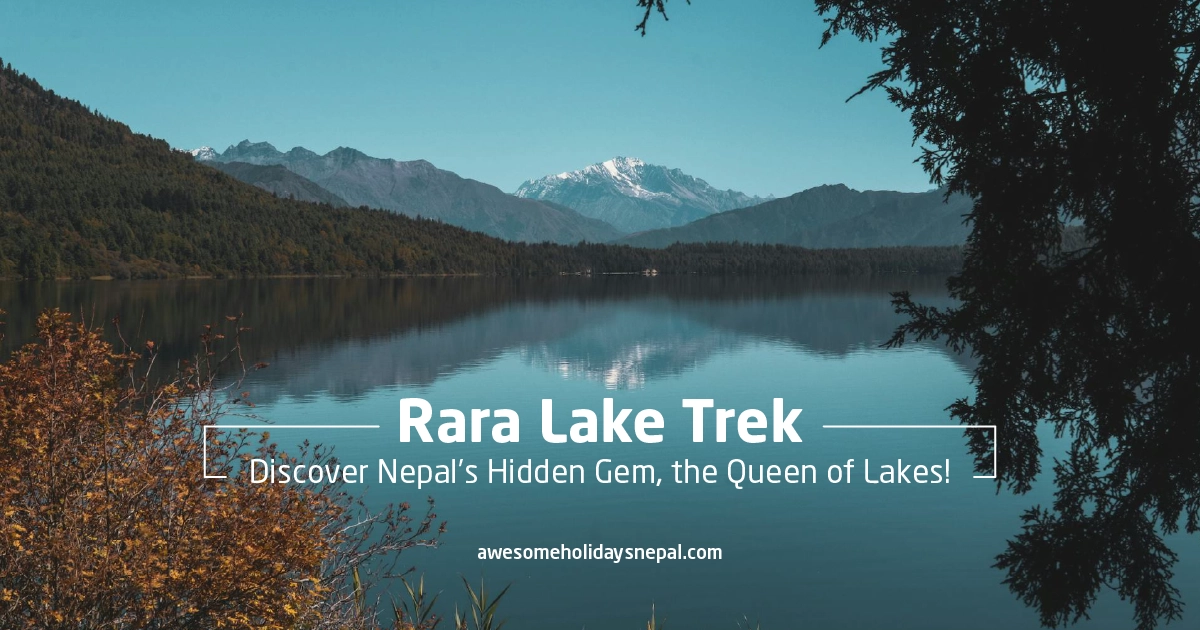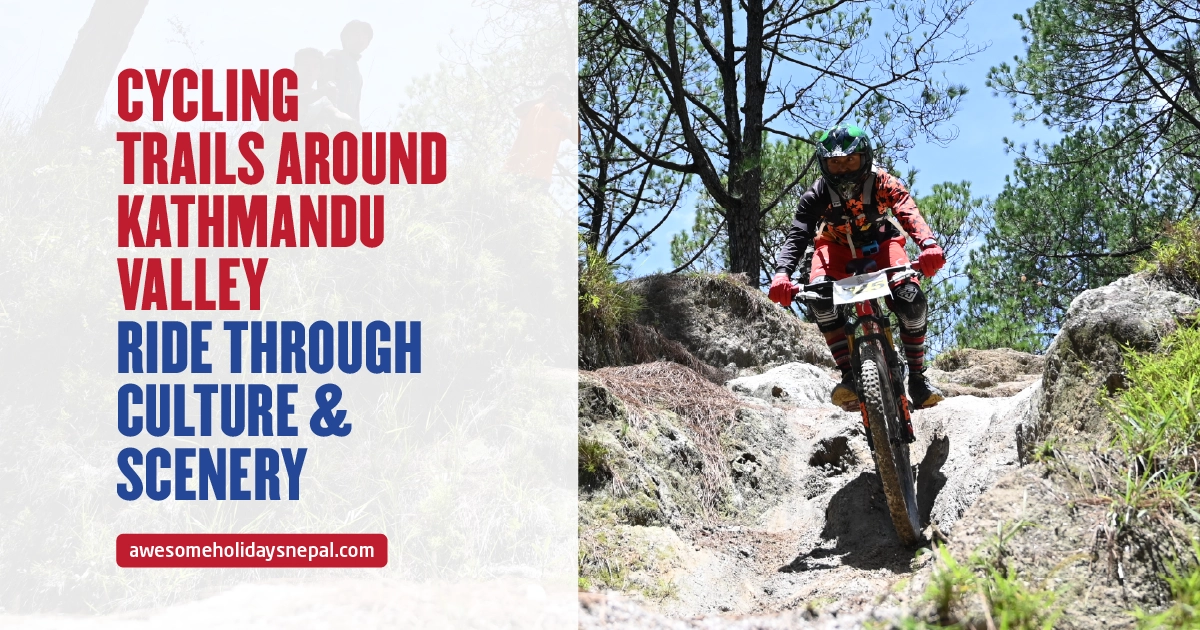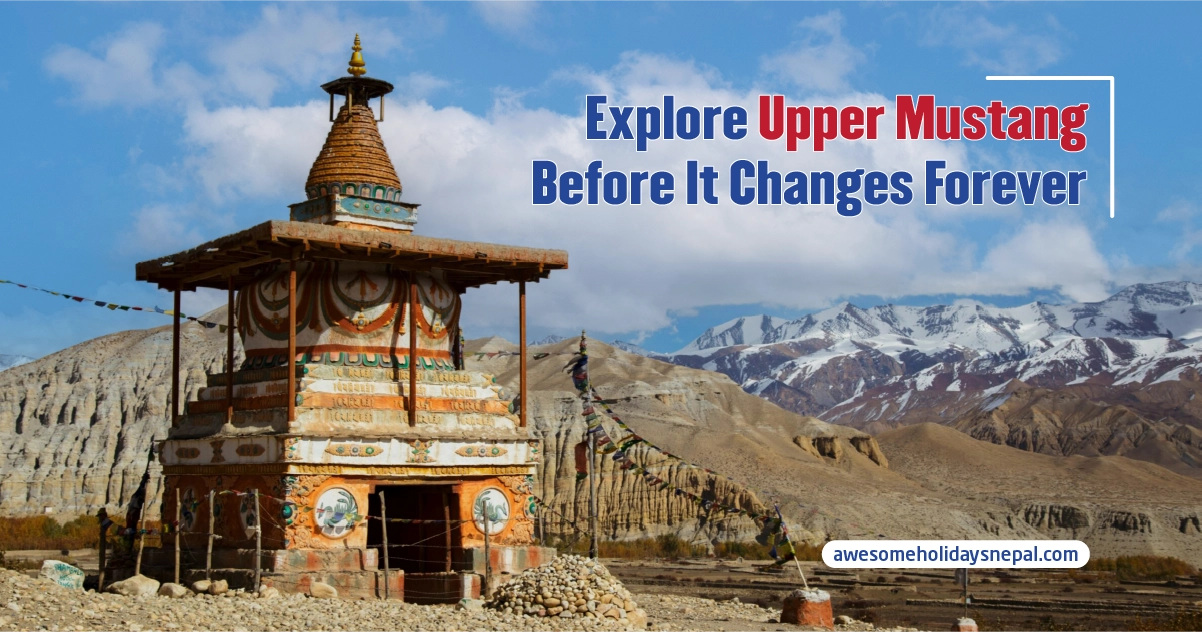8 Myths About Everest Base Camp Trekking in Nepal
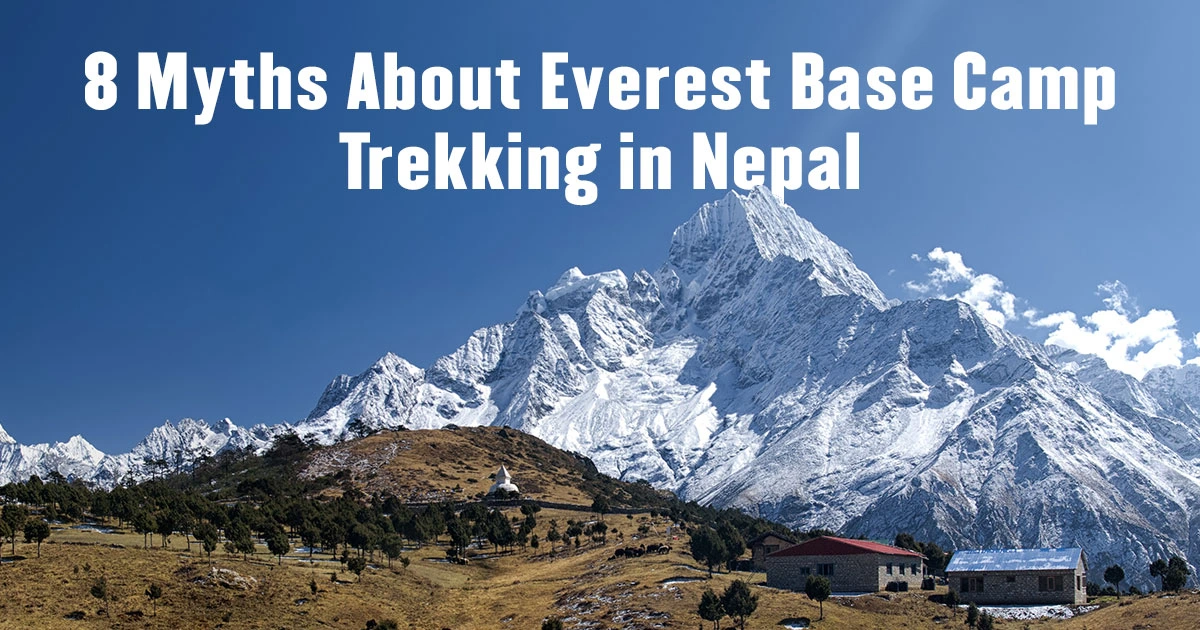
Trekking to Everest Base Camp, the World’s highest peak, is a lifelong dream for trekkers. It is one of the most iconic and breathtaking trekking routes in the world. The popular trekking destination is nestled in the heart of the Khumbu region of Nepal. The trip offers stunning scenery, rich cultural diversity, breathtaking landscapes, and a sense of accomplishment like no other place.
Obviously, the trekking destination is at the top of many adventurers’ bucket lists. But as you gear up for this iconic journey, you might stumble upon some myths that could dampen your excitement.
However, despite its popularity, several myths and misconceptions about the trek can deter potential trekkers. So, let’s examine the 8 common myths about Everest Base Camp Trekking and the realities behind them.
Myth 1: Mt. Everest is the Tallest Mountain in the World
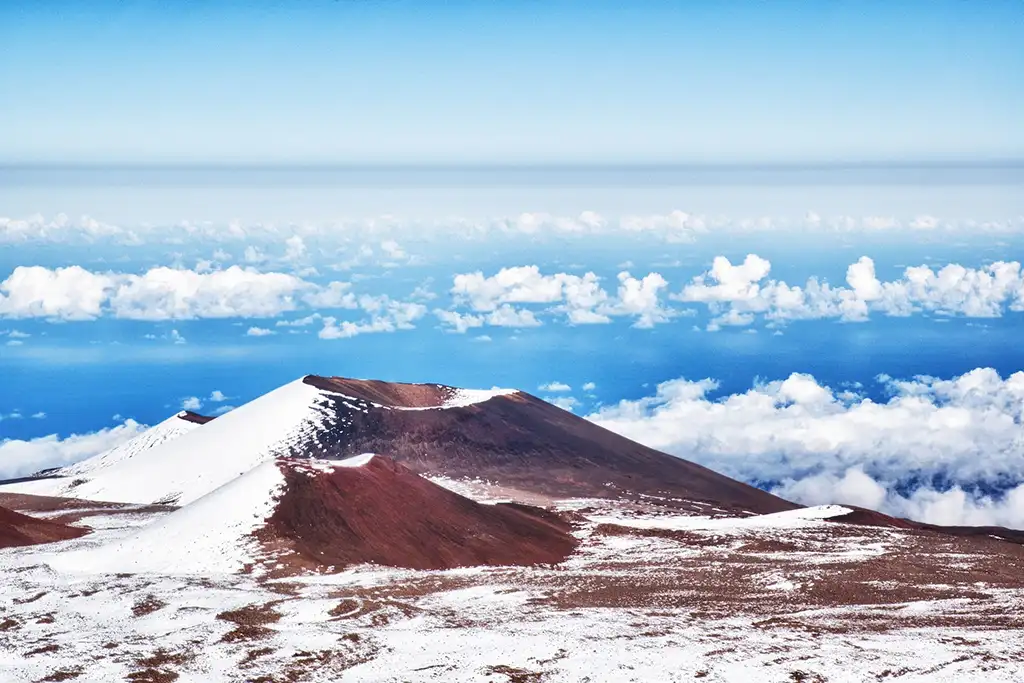
It has been etched in our mind that Mount Everest holds the title of the tallest Mountain in the world. Yeah, it is true, but if we measure above sea level at 8,848 meters (29,029 feet).
But what if we measure from the base to the summit? Then it’s a big No. Mauna Kea, an inactive volcano in Hawaii, snatches the title of tallest mountain in the world as it rises over 10,000 meters (33,000 feet) from its base on the ocean floor.
Are you surprised by this revelation? But you shall not worry, Mt. Everest is indeed the tallest mountain in the world when measured above sea level.
Myth 2: Dangerous Trek
Now, I would like to ask you all a simple question: Aren’t we pulled towards a trek because we know it is dangerous and adventurous? Certainly, any trekking adventure has inherent risks, but the Everest Base Camp trek is undoubtedly safe. If you follow all the guidelines and acclimatize throughout the trek, it is super safe for you.
Likewise, thousands of trekkers complete this journey without any incident each year. Although the trip might seem daunting, it’s manageable. Moreover, trained guides are present to manage emergencies and ensure the safety of their groups.
Myth 3: Only Experienced Trekkers Can Go
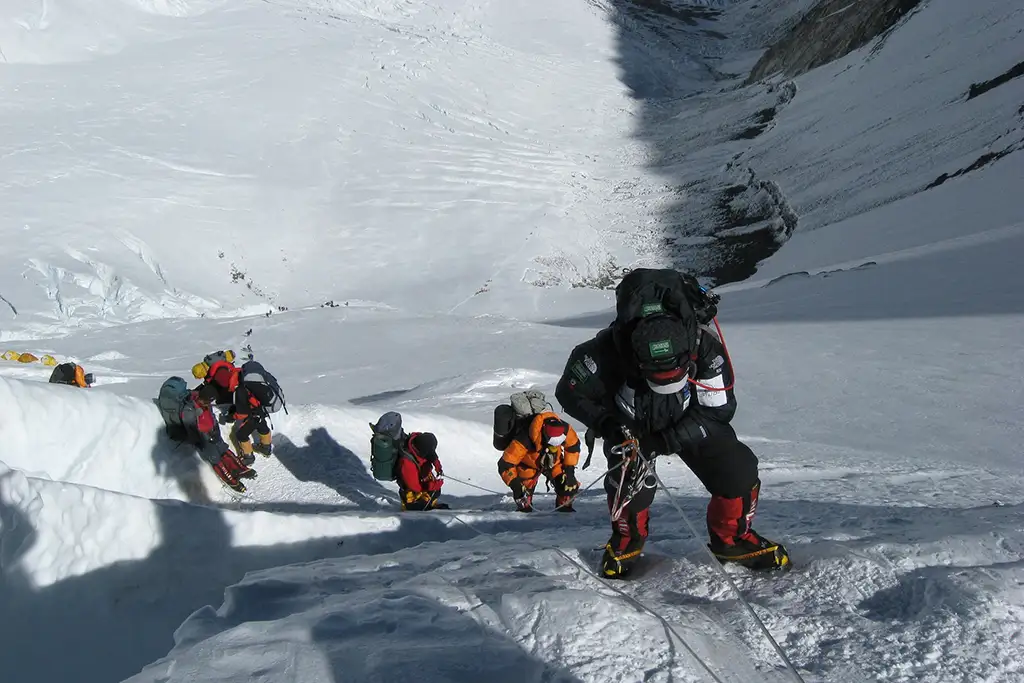
There’s a common misconception that the Everest Base Camp trek is only for experienced and seasoned trekkers. Hmm…? If you think the same, you couldn’t be more wrong.
The trek is accessible to anyone with a reasonable level of fitness and determination. Yes, you don’t need to boast superhuman fitness. Even if you’re a beginner, trekking can be done.
Obviously, some prior hiking experience will be beneficial. Don’t worry; with the proper preparation, the right mindset & guided tours, even first-time trekkers can successfully reach Everest Base Camp.
Myth 4: It’s Always Freezing Cold in the Himalayas

Yeah, it’s a common myth that the Everest region is frigid and cold all the time. And the temperature drops significantly at night.
But during the daytime, the weather is surprisingly pleasant during the trekking seasons of spring (March to May) and autumn (September to November). You need to dress in layers to adapt to fluctuating temperatures.
What’s your favorite layering technique for outdoor adventures?
Myth 5: An Expensive Gear Is a Must
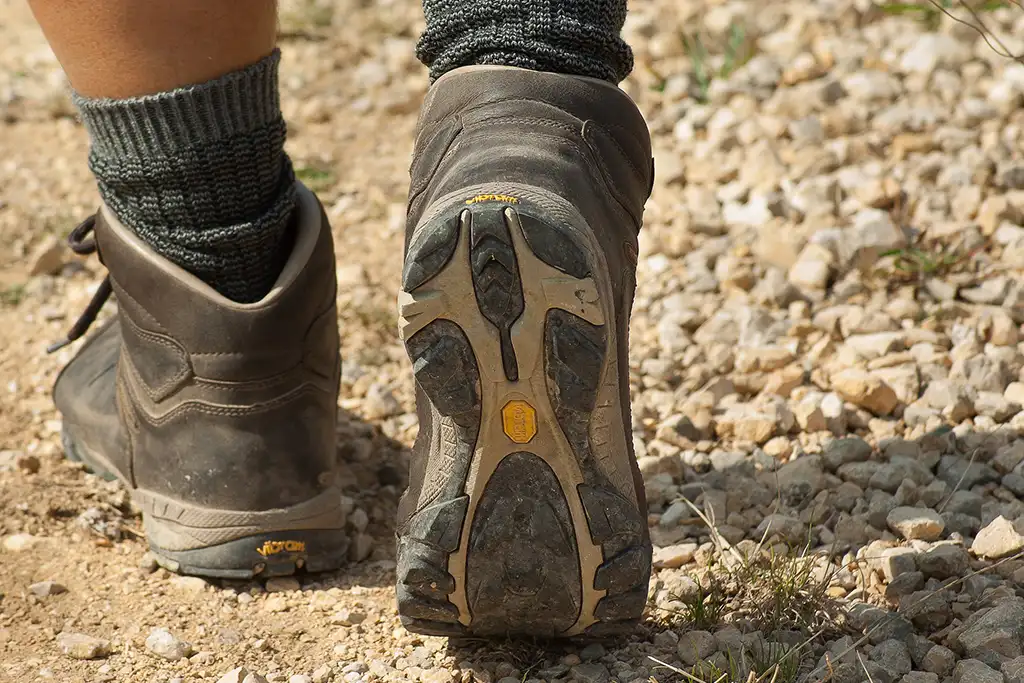
Another common misconception is that you must invest in high-end, expensive gear to complete the trek. While quality equipment is essential, you don’t need to break the bank. Many trekkers rent or buy second-hand gear that performs adequately.
You need to focus more on essential items such as sturdy boots, a warm jacket, and a reliable sleeping bag. Local shops in Kathmandu and Namche Bazaar offer affordable rentals, making it easier for everyone to access what they need.
Myth 6: You Must Carry All Your Own Gear
Are you worried that you’ll need to lug all your gears solo? There’s no need to worry: You can easily hire porters to carry heavy loads. This is a common practice among trekkers. It makes the trek more enjoyable, and you’ll be supporting the local economy as well.
Have you ever relied on someone to lighten the load? I have, and it makes all the difference!
Myth 7: It’s All About the Scenery
It is a common misconception that it is only about the scenery. Indeed, the views are jaw-droppingly stunning, but you’ll also be able to enjoy rich cultural experiences!
You venture through cultural sherpa villages, where you interact with the locals, visit monasteries, and gain insights into their way of life. So, this trip will immerse you in cultural heritage, adding depth to your adventure.
Myth 8: Cultural Misunderstandings are a Major Barrier
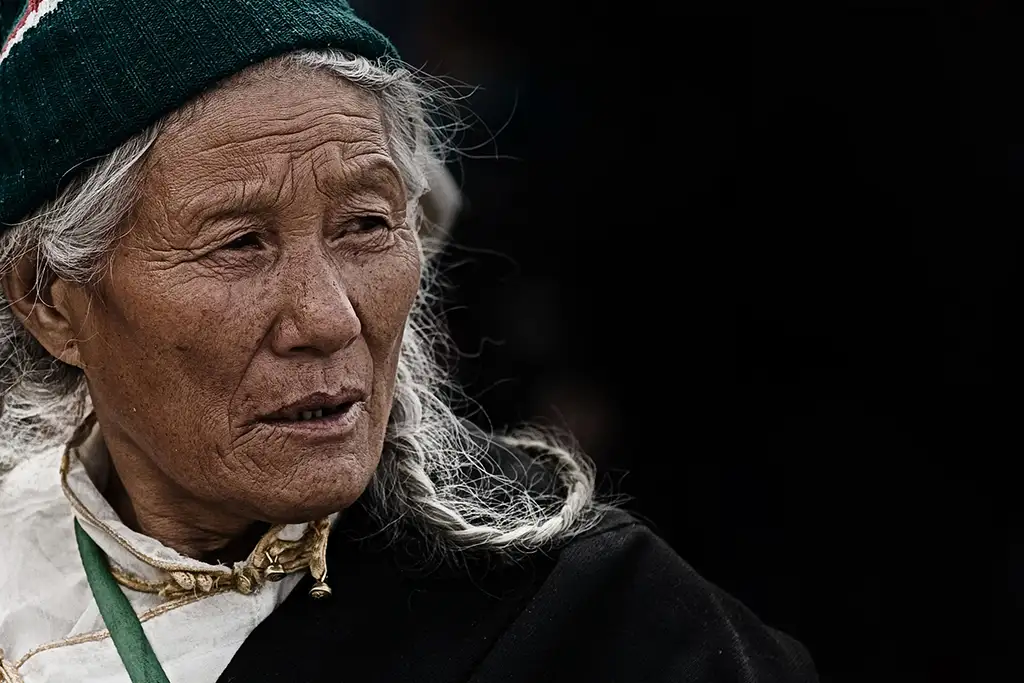
People often worry that they might offend local customs or encounter cultural barriers. I have good news!
The Sherpa community there is incredibly welcoming and accustomed to visitors. Learning a few basic Nepali phrases and being aware of the local traditions enhances your experience and eases your concerns. And even if there’s a cultural difference, don’t those moments often lead to unforgettable memories?
Are these Myths Just a Myth?
So, these were the common 8 Myths about Everest Base Camp Trekking. We hope debunking these myths will inspire you to join the adventurers on the Everest Base Camp trek.
Whether you’re a seasoned trekker or a beginner, this journey offers a chance to conquer your fears, embrace the outdoors, and create unforgettable memories. So, have you heard any other myths about the Everest Base Camp trekking? Or any other misconceptions about the trek being normal. If so, how did you overcome your fears and embark on your adventure? Share your thoughts and experiences in the comments below—we’d love to hear from you!
FAQs
Expand AllWhat is an ideal time to trek to Everest Base Camp (EBC)?
The ideal times for Everest Base Camp trekking are the spring (March to May) and autumn (September to November) seasons. The weather is stable, and there are clear skies and moderate temperatures during these times.
How high is Everest Base Camp?
The Everest Base Camp (EBC) is at a height of 5,380m or 17,600 feet above sea level.
How long does it take to trek to Everest Base Camp?
Usually, the standard Everest Base Camp trekking takes about 12 to 14 days. However, the duration can vary depending on your starting point and acclimatization needs.
What permits are required for the Everest Base Camp trek?
You need to get two permits for Everest Base Camp trekking: a Sagarmatha National Park Permit and a. You can obtain these permits in Kathmandu or Lukla if you’re flying there.
Is the Everest Base Camp trek safe?
The Everest Base Camp trek is relatively safe. You should still follow the safety guidelines and stay on the marked trails. You also need to be cautious when changing weather conditions. If you experience health issues, it’s crucial to inform your guide or fellow trekkers for assistance.
Is it necessary to hire a guide and porter for the Everest Base Camp trek?
It is not mandatory to hire a guide and/or porter, but it further enhances your experience. A guide will assist with navigation and offer insights about the region. Similarly, a porter carries your heavy backpack and makes the trek more comfortable.
What should I pack for the Everest Base Camp trek?
You must pack all the essential items, including sturdy hiking boots, warm clothing, a down jacket, a quality backpack, a sleeping bag, trekking poles, a first-aid kit, etc. Similarly, getting proper gear for cold weather and varying altitudes is essential.
How do I prepare for altitude sickness on the trek?
Adequate acclimatization is vital to prevent altitude sickness. Ascend gradually, stay hydrated, and be aware of symptoms like headaches, dizziness, and nausea. Consult with a doctor before the trek and consider taking altitude sickness medication.
What is the accommodation like on the Everest Base Camp trek?
Accommodation along the trekking route consists of tea houses and lodges. They offer basic rooms with shared facilities like bathrooms. The menu typically includes Nepali and Western dishes.
Are there ATMs and Wi-Fi on the Everest Base Camp trek route?
Yeah, there is limited ATM and Wi-Fi access in the tea houses and lodges you pass along the trekking route. But I recommend you carry enough cash and get a local SIM card.
Related blog posts
Discover a choice of tourist destinations loved by most of our visitors. Whether you're on a jungle safari to spot rare animals or walking through a world heritage site, these well-planned itineraries cover the major highlights of Nepal.


